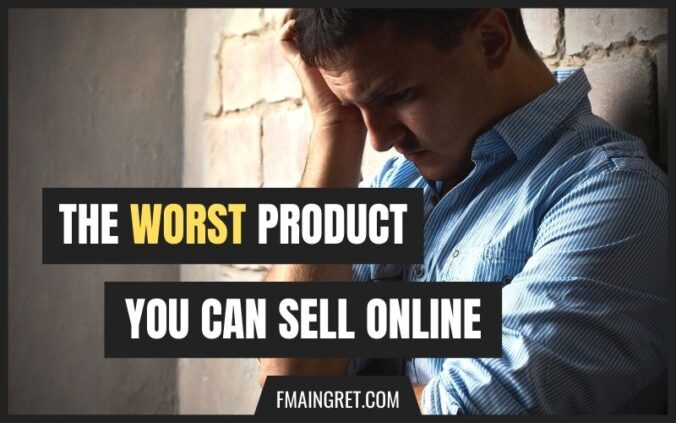Behind this provocative title, I want to highlight a grim reality in the ecommerce world: too many unsuccessful entrepreneurs are actually trying to trade commodities on Amazon. You probably know that commodities are products like steel, sand, or oil. But if you think about it, many products sold to online consumers are close to being commodities. And being a commodity seller isn’t where you want to be as an ecommerce entrepreneur. Let’s see why.
First, let’s take a look at a Wikipedia definition: “In economics, a commodity is an economic good, usually a resource, that has full or substantial fungibility: that is, the market treats instances of the good as equivalent or nearly so with no regard to who produced them”. Common examples of these products are oil, beef, and gold. When selling commodities, there is little differentiation in what firms are offering, and as a result, pricing is extremely important.
Why I don’t like selling commodities
If we look further than this academic definition, I’d say that many products sold either at retail stores or online are similar to commodities. If you’re buying a phone charger on Amazon, you’ll find hundreds of listings. The cable length and a few technicalities may vary, but there is little differentiation. Do you have a favorite phone charger brand? Unlike products such as shoes, perfume, or candies, many people don’t care too much about branding. Most customers will buy a product that 1 – Satisfies their needs (the cable is long enough, the reviews aren’t bad, etc.) and 2 – Is competitive price-wise. It is a bit more abstract, but these products are effectively “economic goods that have substantial fungibility.”

Why is that a bad thing? Because unless your product has a strong differentiator, you’ll be competing on price, which is not what you want to be doing. As the famous saying goes, a price war is a war you don’t want to win. Thousands of companies sell some of these common products online, many of which have been deemed “good enough” by customers. Few customers will search and pay more for something slightly better. Unless your product is either significantly better or cheaper than its competitors, there is little room for growth. Finally, the market for a commoditized item often has low barriers to entry: if the customer’s demand picks up, the market can be very quickly flooded by thousands of competitors. I worked in the healthcare industry selling medical items online during the height of the Covid pandemic. The companies that made the most money selling face masks were those that could get them on the shelves the fastest. Then, after only a few months, hundreds of sellers entered the market. This resulted in a bloody price war, and many companies ended up selling at a loss and/or with lots of unsellable inventory.
Classic strategies don’t work anymore
Now, there are ways to gain a competitive advantage when selling commodities. For example, companies can build better relationships with their clients when making B2B sales. They can do a better job educating the prospect on the product’s benefits. Customer service and reliability can make a difference. The problem is that these strategies tend to work less in the B2C ecommerce space. Especially now that marketplaces capture a large part of online sales.
Where is top of your list if you’re looking to purchase pencils? Unless you’re an artist, chances are you won’t conduct any research on the best brand of pencils and try to order directly from them. You’ll go to Amazon or buy a box on your next grocery trip. Most of the time, commoditized, undifferentiated items are sold on large marketplaces like Amazon or Walmart.com. In this case, the strategies listed above do not work as well. You can’t build any relationship with customers when selling on Amazon (Amazon limits interaction between sellers and customers as much as they can). You can create lovely product pages with great copy, but you need to get people to see them (and your presumed low margins won’t let you spend too much on advertising). Marketplaces often take care of customer service, so that can’t be a differentiator. In addition, marketplaces make it very easy for customers to compare prices between products, encouraging price wars.
Conclusion
That is why selling completely undifferentiated products, and competing mostly on pricing, is often a suboptimal strategy, in my opinion. I am not saying entrepreneurs need to invent something crazy and unique to be successful. However, providing value to the customer is important. These products can be good addition to a product range, like a company selling smartphone can benefit from cross selling them with phone chargers. But basing a whole business on those is not for everyone. What value does an extra commodity seller bring to the market? Not enough, I believe.

